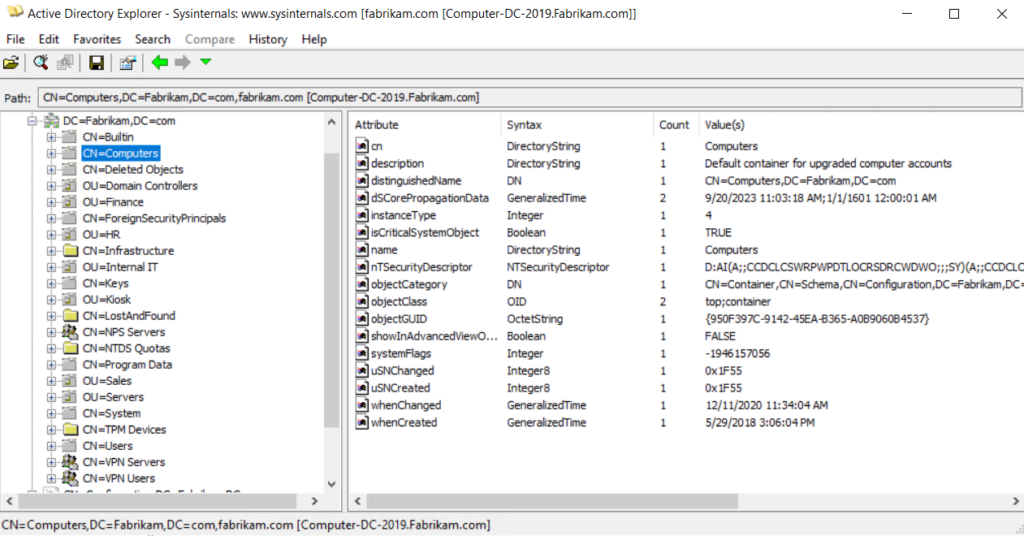Controlling Productive Directory (AD) adds a level of difficulty to IT operations in modern organizations. Among the important jobs administrators experience is active directory management tools. While the procedure seems straightforward, many issues often occur, each impacting efficiency and knowledge accuracy. This informative article explores some of the very common hurdles in Import Customers in to Productive Listing and offers realistic solutions to overcome them.
Knowledge Popular Issues

1. Information Style Problems
One of the very persistent problems in publishing people in to Productive Listing is data format inconsistencies. Individual knowledge is often extracted from different options, such as for example listings, spreadsheets, or HR techniques, which seldom follow the exact same structure. Wrong or lacking knowledge forms can lead to import mistakes, repeat items, or unsuccessful imports altogether.
Answer:
Standardize the style of user knowledge before transfer by creating a template that aligns with AD's requirements. Validate fields like first name, last name, e-mail handles, and their similar characteristics to make sure uniformity. Resources like scripts or data validation functions in spreadsheets might help improve that process.
2. Mass User Imports
Enterprises usually deal with onboarding big groups of consumers at once. But, bulk individual imports in to Active Listing usually attack efficiency bottlenecks, causing delays or incomplete entries. Or even managed carefully, this can lead to working problems and influence productivity.
Alternative:
Break up majority imports into smaller groups to alleviate pressure on the system. Automate this process using PowerShell programs or import resources that could manage batch processing. Tracking records after each import order can allow you to rapidly identify and resolve problems, considerably improving the process.
3. Attribute Mapping Problems
Effective Directory requires certain qualities for person records, such as for example organizational models (OUs), class memberships, and permissions. Errors in mapping these attributes can disturb accessibility controls and result in misconfigurations.
Answer:
Make in advance by mapping out all required attributes explicitly. Use check settings to simulate imports and ensure that the attribute mapping meets organizational needs. Automating the mapping process through pre-tested programs can reduce manual errors.
4. Controlling Clones
Duplicate individual documents are yet another recurring challenge all through imports. These issues usually occur due to human error or mismatched identifiers when adding information from multiple sources.
Alternative:
Collection distinctive identifiers, such as for example staff IDs, as primary tips for sensing duplicates. Run checks for repeat documents in knowledge options before uploading.
Streamline AD Person Imports
While challenges like data formatting, controlling mass imports, attribute mapping, and identifying duplicates persist, they aren't insurmountable. By leveraging standardized templates, batch control, pre-planned attribute mapping, and computerized instruments, organizations can efficiently over come these hurdles and guarantee precise, reliable consumer imports into Productive Directory.
